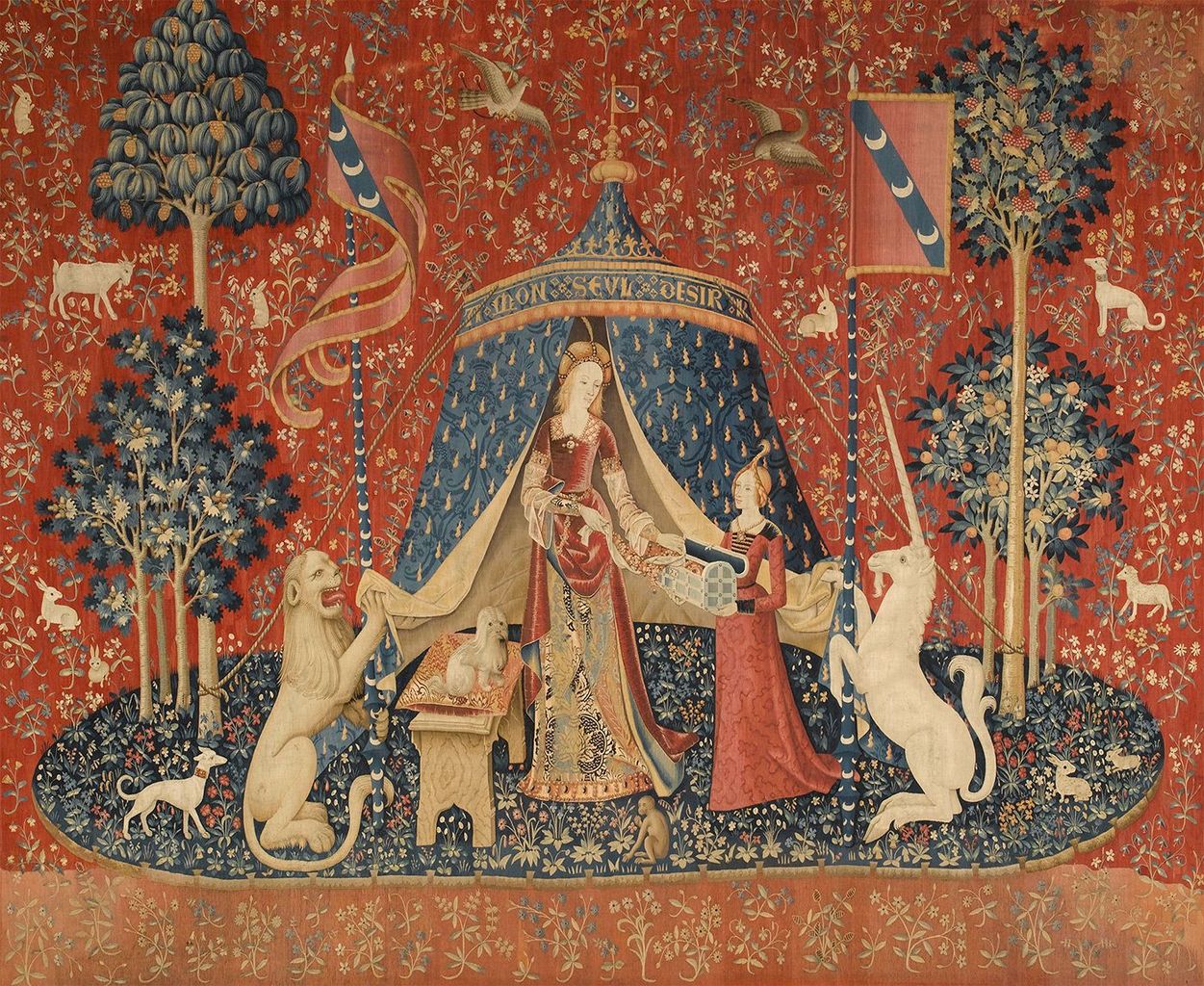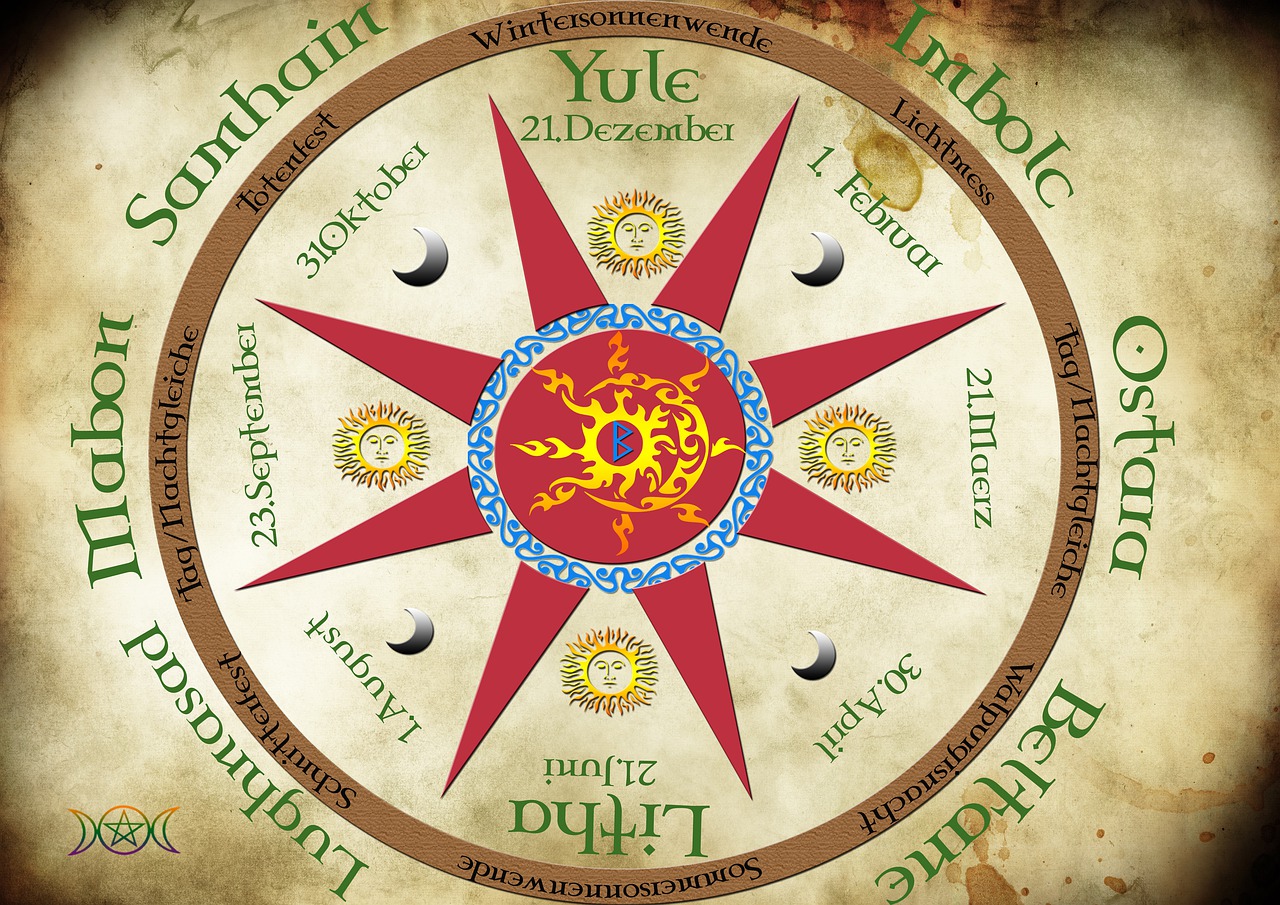The ancient Celts were believed to practice a form of animism in their religion and belief system that provided a meaningful way for them to experience and make sense of the world they lived in. In this work we will discuss animism and the various aspects of animism that the ancient Celts possibly followed concluding with a short discussion of their belief system.
Animism
Rather than a religion, animism is more an expression of the energy connections that are believed to flow through all things connecting each to the other and to the greater consciousness. It is this greater consciousness that is the source of all energy and that endows everything with life and sentience. Many early creeds embraced aspects of animism and it is still found in many modern religions and philosophies.
Celtic Identity
The Celts were a varied collection of ethnic groups inhabiting a wide swathe of continental Europe from the west coast of Ireland to the Black Sea and other scattered areas. As a group they appear to have been bound together by common aspects of language, culture and religion rather than ethnicity. They worshipped a wide variety of gods and goddesses which varied from region to region as could the importance and attributes of those divinities. Animism is seen as the one of the threads that connected the beliefs of this vast and diverse group of people together.
Animism
In animism there is a belief that all things possessed a spirit and a consciousness that connects everything together. The sky, Earth and underworld were connected along with natural phenomena such as the weather and everything was all part of a greater conscious universe. Furthermore, even certain words objects and images had sentience and were alive and could be used in conjunction with the greater consciousness to benefit humanity. For the Celt, death was the transmigration of the souls while their ancestors were revered and regarded as alive.
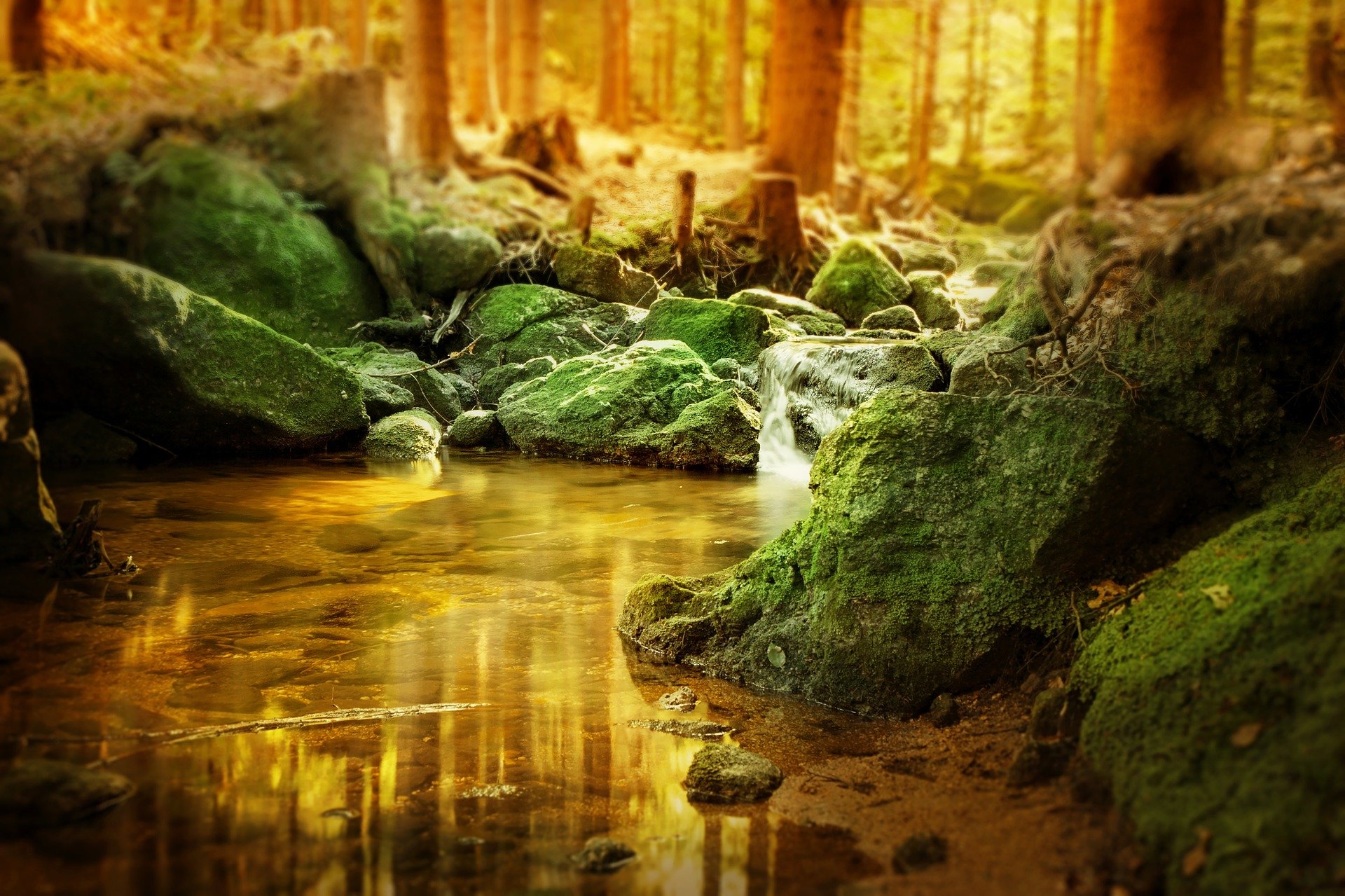
The Environment
In the time of the ancient Celts land was wilder and more forested and human activity on the land such as agriculture was having a far lesser effect than today. The environment and landscape were very different and the Celtic people were much closer to nature than most Europeans are today and more dependent on the local natural resources. To live and thrive they needed to exploit the abundant natural resources and to do this they evolved an intimate relationship with nature. They believed the surface of the Earth, under the Earth and in the sky which were inhabited by various spirit entities and divinities. For the Celts it was possible to live in harmony with these entities and harness their power for the benefit of humankind.
Guardian Spirits
For the Celts, springs, forests and mountains had spirit guardians or keepers and some animals were believed to be messengers or servants of their gods and goddesses. Caves, hills, springs, rivers, lakes and bogs and other features of the landscape were seen as special places and perhaps the gateway to the “Other” or Underworld or possibly inhabited by a guardian spirit or god. They made shrines and sanctuaries in or near such places and also in special sacred groves of trees called nemetons.
Springs and rivers were often named after their divinities. For example, the River Marne was named after the goddess Dea Matrona and in Ireland the goddess Boann gives her name to the River Boyne while the River Shannon is named after the goddess Sionnan. Healing cults often based themselves at or near natural springs. For example the hot springs of Sulis became associated with Aquae Sulis, now Bath, Somerset, while the goddess Arnemetia was followed at Aquae Arnemetiae now Buxton in Derbyshire. Further evidence of the Celtic veneration of watery places is the number of votive objects found in and around such places. Such objects might included, wooden carvings or objects, metalwork, animal and occasional human sacrifice. Sometimes models of body parts were offered by those seeking cures for ailments.
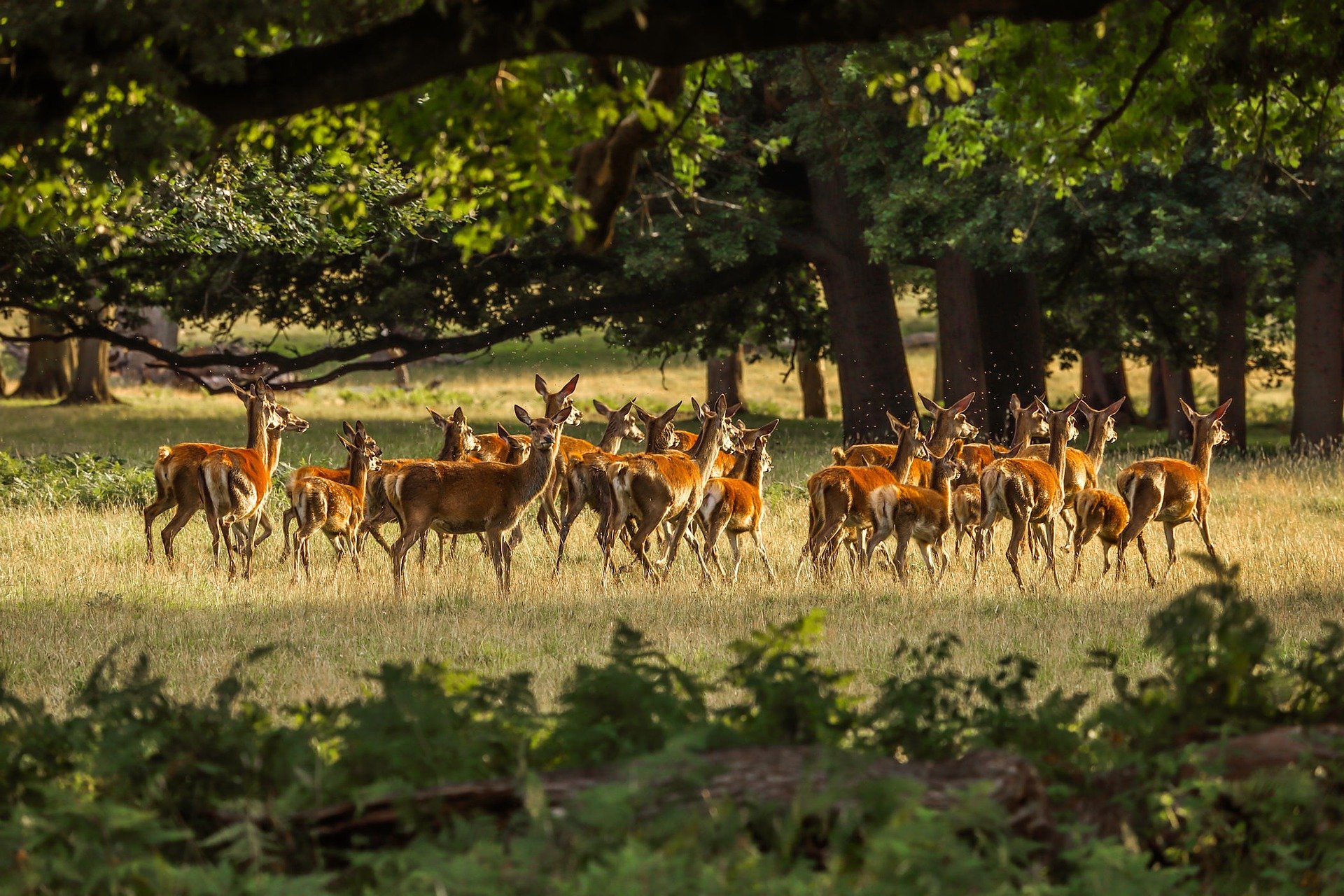
Weather and Sky Deities
The Celts saw the sun, weather and its associated phenomena such as thunder as living entities needing appeasing, honouring and acknowledging. Taranis, the god of thunder, was particularly powerful. He was often represented by the icon of a spoked wheel and archaeologists have found inscriptions to him in various Celtic regions including Britain, Germany, Gaul and the Balkans. According to the Roman poet Lucan the worship of Taranis included the use of human sacrifice. After the Romans gained ascendancy over the Celts they merged their own god Jupiter with the Celtic Taranis. Roman soldiers posted to Hadrian’s Wall and Cologne set up altars decorated with wheels and similar designs to him.
In Irish, Manx and Scottish mythology a storm hag called the Cailleach was a different divinity associated the weather. She was a personification of winter who caused the first snows of the season by washing her plaid in the Gulf of Corryvreckan. Her plaid was so big it took three days to wash and the roaring of the storm is heard twenty mile inland. After she has finished her task her plaid is pure white and covers the land as snow.
Respecting Animals
The Celts closely monitored the behaviour of birds and beasts, sometimes seeing omens in their behaviour and also associating certain spirits with certain animals. The ursine goddess Artio was named after the Gaulish name for “bear” and the horse goddess Epona named after their name for a horse. For the Celts the physical attributes of an animal as well as its characteristics and behaviour were seen as being worthy of great respect and admiration. Some animals such as stags or horses were admired for their speed, endurance, beauty and virility. Dogs were respected for being keen-scented, swift and their great hunting ability. They were also admired as being good guards and for having the ability to self-heal. Snakes had the ability to shed their skins appearing to renew themselves and were seen as symbolic of renewal and eternal life. The Celts not only admired the essential qualities of an animal they acknowledged and accepted they often possessed attributes that humans did not possess or were is some way deficient.
The Hunters and the Hunted
There were also deities of the hunt emphasising the economic importance and utility of the hunted. The hunted were respected and revered by the hunters who realised it was the death of the hunted that gave life to the hunter and this cycle was seen in nature over and over again. This gave the Celtic gods a paradoxical role between protector and benefactor of the hunters as well as the hunted.
According to the 2nd century Greek writer Adrian, the Celts would not go hunting until they had sought the blessing of the gods. Sometimes they sacrificed domestic animals to the relevant divinities in payment for what they would take from the wild or performed appropriate rituals. There is an idea that hunting was more than just a practical activity to provide game for the pot. The killing of the unfortunate beast and the shedding of its blood may symbolically have brought nourishment and renewal to the forest and nature. Therefore in a living world it was necessary to respect and celebrate the life of the victim whose death helped to bring vitality and life back into the world while keeping the Celt alive.
The Celtic Belief System
The belief system of the ancient Celts was complicated and multilayered but so was the world they lived in. This world was many things at once both marvellous and dangerous and a theatre where the enigma of life and death is played out many times by many different living beings. Even in the calmest and most peaceful of moments there is always a deadly battle to survive taking place.
The winners live and the losers die becoming food for the winner. It may only be something as small as a spider trapping and killing a fly in its web but for the observant human tuned to nature these moments of high drama are played out continuously all around. The struggle of life and death is ever present. Even without falling as prey to some predator living things eventually die. Even so they are replaced in a cycle of death and renewal that keeps the world populated in living beings of many different kinds.
The ancient Celts could see this in action in the forests and mountains and the world around them. They evolved their belief system to reflect what they saw and understood and to provide an explanation for the marvellous phenomena they observed all around them. Although scholars are often in disagreement over these matters it is more important to decide for yourself and what it means to you and think about what you may have in common with the ancient Celts.
More articles in the ‘Living World of the Ancient Celts‘ series:
- Animism and the Living World of the Ancient Celts
- Celtic Warrior Women: Queen Boudica of the Iceni
- Sacred Celtic Trees
- Magical Celtic Cauldrons
- Shapeshifters in Celtic Mythology
- Celtic Otherworlds
To read all the articles in this series, visit the ‘British Legends Series’ page or select from the list below:
- British Legends: The Quest for the Holy Grail
- British Legends: The Founding of Britain: Brutus of Troy and the Prophecy of Diana
- British Legends: The Mabinogion – The Dream of Macsen Wledig
- British Legends: Gogmagog and the Giants of Albion
- British Legends: Treachery, Murder, Lust and Rowena: The Rule of Vortigern
- British Legends: The Origin of Albion and the Bloodlust of Albina and Her Sisters
- British Legends: The Lust of Uther Pendragon, Merlin’s Prophecy and the Making of a King
- British Legends: Aurelius Ambrosius, Legendary King of the Britons
- British Legends: Elen of the Hosts – Saint, Warrior Queen, Goddess of Sovereignty
- British Legends: Beowulf and the Great Flame Dragon
- British Legends: The Divine Tragedy of Guinevere
- British Legends: The Tragic Romance of Tristan and Isolde
- British Legends: Morgan le Fay – Magical Healer or Renegade Witch?
- British Legends: The Madness of Merlin (Part 1)
- British Legends: The Madness of Merlin (Part 2)
- British Legends: Warrior Women — The Battle of Britomart and Radigund the Amazon Queen
- Mythical Beasts: The Griffin, the Legendary King of All Creatures
- British Legends: King Lear and Cordelia – A Tale of Love and Foolishness
- British Legends: Wild Edric, the Wild Hunt and the Bride from the Otherworld
- British Legends: The Outlaws of Inglewood and the Feminine Influence




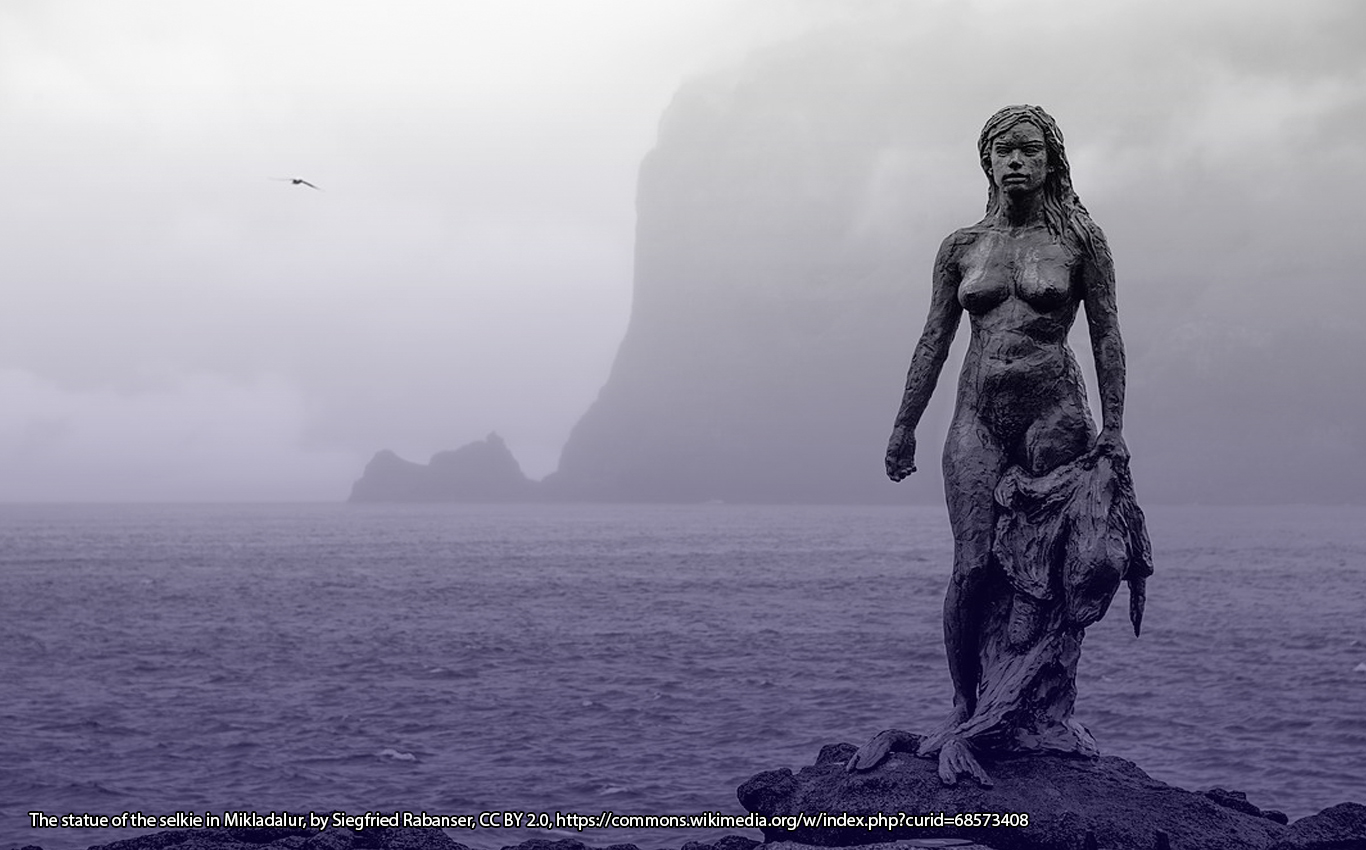


![Boadicea, leader of the rebellion against the Romans. By Joseph Martin Kronheim (1810–96)[1] - This file has been extracted from another file: Pictures of English History - Plates I to IV.jpg, Public Domain, https://commons.wikimedia.org/w/index.php?curid=12705208](https://folklorethursday.com/wp-content/uploads/2020/10/Pictures_of_English_History_Plate_IV_-_Boadicea_and_Her_Army.jpg)

